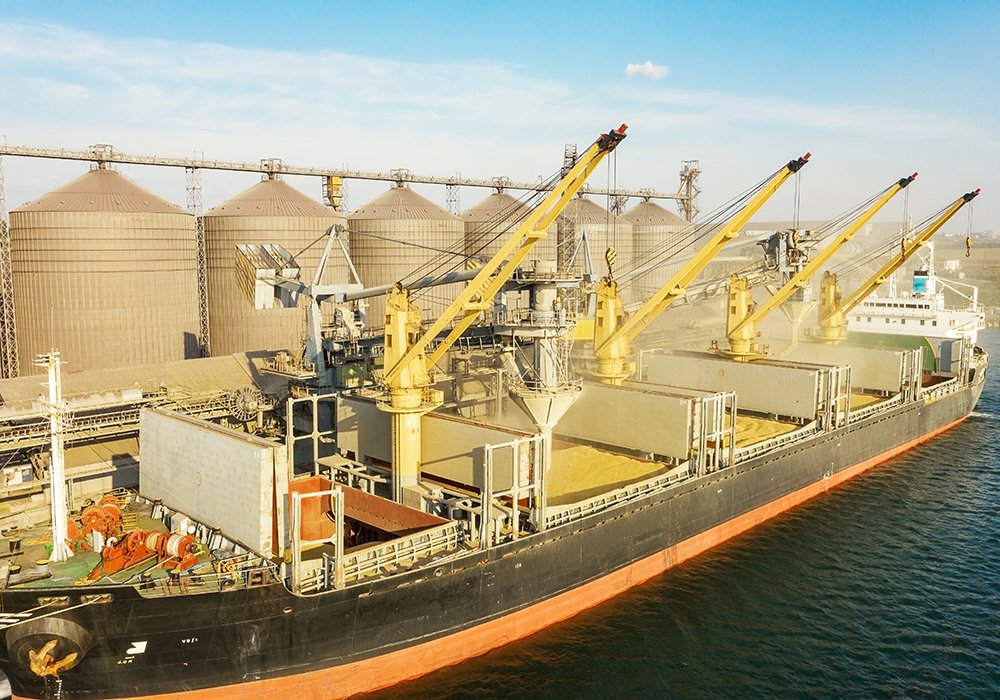Grain corridor: capacity increased in March

The number of vessels arriving at Ukrainian ports has decreased from an average of 6 to 2.8 vessels per day during the operation of the grain corridor.
This was reported by Andriy Klymenko, Head of the Monitoring Group of the Black Sea Institute for Strategic Studies, editor-in-chief of BlackSeaNews, on his Facebook page.
He noted that the average number of vessels arriving at the ports of Odesa region per day within the Black Sea Grain Initiative is considered one of the indicators of the level of military risks in the Black Sea region.
The expert also cited the dynamics of ship calls:
- in September 2022 – 5.9 vessels per day;
- in October 2022 – 5.1;
- in November 2022 – 3.3;
- in December 2022 – 3.2;
- in January 2023 – 2.8;
- in February 2023 – 2.5;
- from March 1 to March 10, 2023 – 2.8 vessels per day.
Andriy Klymenko noted that blocking the grain corridor remains an integral part of Putin’s war plan.
“The only factor forcing Russia to agree to continue Ukrainian maritime grain exports is Russia’s fear of radically spoiling relations with the President of Turkey, for whom this is a successful global leadership project (and a profitable economic project for Turkey itself).
The statistics on ship arrivals for Ukrainian grain in March 2023 do not yet give reason to predict that Russia will not agree to another extension of grain agreements after March 18, 2023. However, this does not negate our recommendation that Ukraine and the civilized world should be prepared for any scenario,” he concluded.
Read also
Wheat in Southern Brazil Impacted by Dry Weather and Frosts
Oilseed Industry. Leaders and Strategies in the Times of a Great Change
Black Sea & Danube Region: Oilseed and Vegoil Markets Within Ongoing Transfor...
Serbia. The drought will cause extremely high losses for farmers this year
2023/24 Safrinha Corn in Brazil 91% Harvested
Write to us
Our manager will contact you soon



